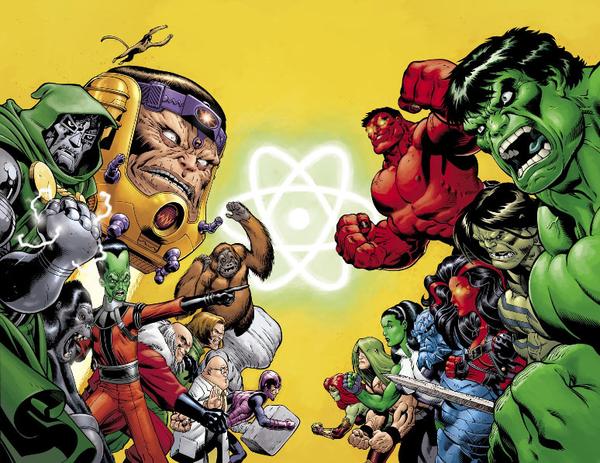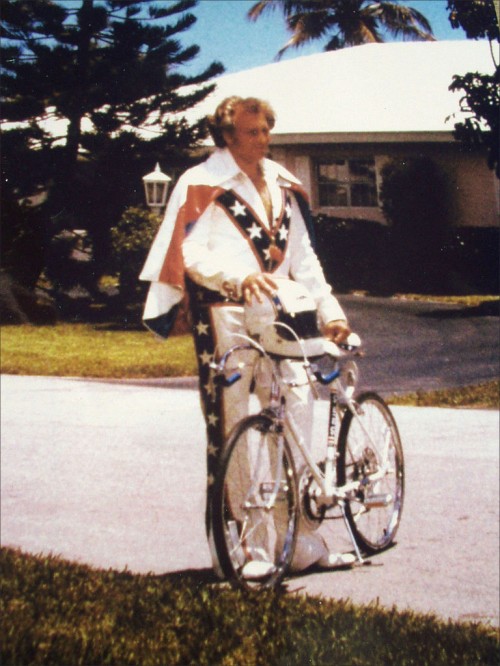HTMLGiant’s Superhero week has, like a day-glo-green mutagenic ooze, spilled over into an additional week, and may continue for all of the weeks to come, forever. In this post, I construct some (let’s call it) free-verse poetry from more Superhero Wikipedia pages, this time focusing on some of the Hulk characters. My feeling isn’t that the language of these things is beautiful, though it is sometimes what I would call incredible. What I find continually hypnotic is their dedication to story above all. CLICK BEYOND THE FOLD TO LEARN THEIR EPIC STORIES!
Reading Frank Miller’s influences on Christopher Nolan’s Dark Knight Trilogy
One more post on the Batman, if you’ll please. It’s no secret that Christopher Nolan’s Dark Knight Trilogy drew a lot of inspiration from Frank Miller—specifically, from his 1986 mini-series Batman: The Dark Knight Returns and its 1987 follow-up, Year One (which featured art by David Mazzucchelli). And so I felt like taking some time to note all the connections (or at least the ones I can see—feel free to chime in as to what I’ve missed!).
I’ve already commented elsewhere on how Batman Begins took:
- the Tumbler design (The Dark Knight Returns);
- Batman’s escape from the police by means of a bat homing device (Year One);
- and the ending in which Commissioner Gordon muses about the arrival of the Joker, having received one of his calling cards (Year One).
And there are still more connections. Commissioner Gordon’s character arc in that film is similar to the one he follows in Year One—he even has a corrupt partner named Flass. Furthermore, Bruce Wayne distances himself from the Batman by cultivating the image of a drunken playboy:
That’s everything that I can see in the first film.
The Dark Knight is I think the least indebted to Miller of the three films. Nonetheless, its ending, wherein Two-Face kidnaps Gordon’s family, echoes the mob’s kidnapping of Gordon’s family at the conclusion of Year One—Batman even saves Gordon’s son from falling:
Moving on to the The Dark Knight Rises …
Boners of Bushwick

Episode one, in Erik Stinson’s series “Boners of the Free World”
1. Nu Stallion: A feeling of elation near the subway exit of the Morgan L station. This is the night beginning to hasten. The wind in the Oak at a nearby park pushes a feeling. The party is over here. The party is over there. Women pass me heading to the train in the opposite direction.
Check Out
Poet Rob Stephens reading alongside V. Penelope Pelizzon at The Center for Book Arts in NYC this coming Wednesday.
This piece called “Touching Feeling” by Divya Victor @ Two Serious Ladies.
Patricia MacCormack’s essay on “Necrosexuality” at Rhizomes.
&
This new music video for Antony and the Johnsons’s ‘Cut the World,” directed by NABIL and starring Willem Dafoe, Carice van Houten, and Marina Abramović:
Dark Sky founding editor announces their closing — very nicely done, too.
Oversoul: Stories and Essays by Mitchell S. Jackson
 Oversoul: Stories and Essays
Oversoul: Stories and Essays
by Mitchell S. Jackson
The Collections House, June 2012
92 pages / $4.99 Buy from Amazon
To Mitchell S. Jackson, being a voice writer means capturing the sound of a moment. As he ruffles you through Oversoul, his e-book collection of short fiction and essays, there are few street signs, few identifiable marks. Yet somehow, there is no confusion. You hear a growl: “G O T D A M N Y O U M E.” And from the very first page of “Head Down, Palm Up,” the opening story about a young man initiated into the drug game by his charismatic uncle, you know exactly where you are—the other America. The one you drive through with your windows up.
The book is sworn in with a quote by Ralph Waldo Emerson, whose 1841 essay, The Oversoul, gives title to the collection: “Our faith comes in moments. Our vice is habitual.” Jackson’s own rough past—selling dope, his time in prison, and growing up fatherless in a world of emotional disfigurement—accounts for much of his writing. But there is something else, too. Delving further into “Head Down, Palm Up” and later “Oversoul,” about an ex-con fraught by newfound freedom, it becomes clear that Jackson doesn’t just recount the turmoil of those years. He listens, reaching past memory, to free the living voices of hope and hopelessness:
September 7th, 2012 / 12:00 pm
11 foducts 4 the lamily
1. Hobart 2.0, wow, with new web features, etc.
2. Diagram 12.4 is OUT!
3. Joshua Cohen:
The repetitions are, in my mind, linked to the idea that the Internet is conceptually vast, but you end up spending the bulk of your time visiting the same sites again and again (or perhaps this is just my own practice). I’m not especially interested in the variety of the Internet; rather I’m interested in the human experience of the promise of variety, a promise fulfilled only by a similarity or sameness, and the idea that the computer seems to license every option of virtuality, while our own humanity seems limited, or to self-limit, through laziness or shame, to the same thing every day.
7. Disorientation, a reading list, at The Millions:
11. My writing tip of the day: It isn’t done when you think it is done.
5. My Grading Scale for the Fall Semester, Composed Entirely of Samuel Beckett Quotes. (By Matt Bell)




